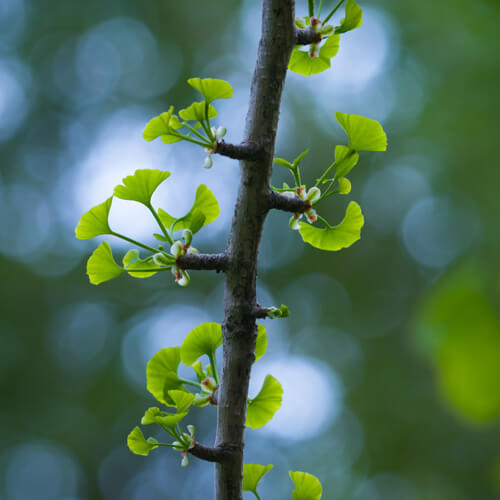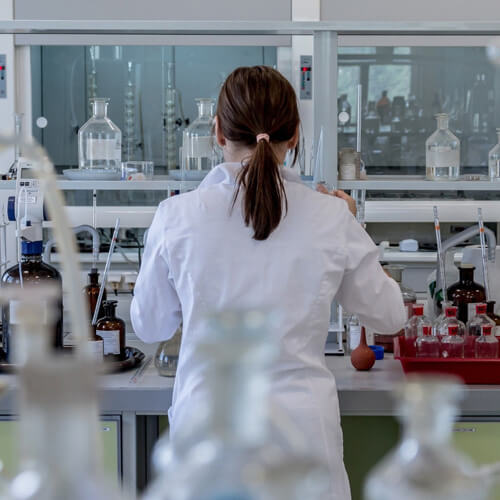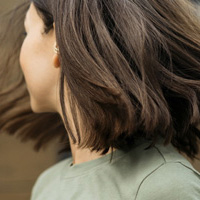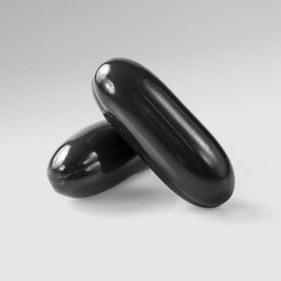Red raspberry leaf is a favorite nutritive herb, rich in magnesium, potassium, iron, Vitamin C, and B vitamins.
Red raspberry leaf has been used in European folk medicine for centuries (1). The therapeutic use of red raspberry leaf was first described in 1597 in The Herbal, or a General History of Plants (2).
The traditional use of raspberry leaf has been continuously documented in handbooks, pharmacopoeias, and scientific literature. In medical literature, the raspberry leaf has been recommended for treating various disorders most commonly related to ailments of the gastrointestinal tract. Documented in handbooks and scientific articles such as Burn and Withell 1941, British pharmaceutical Cordex 1949, Becket et al. 1954, British Herbal pharmacopoeaia 1983 Wichtl 1984 , Reynolds 1989, Gurenwald 1998, Johnson 1999, McFarlin et al. 1999, Duke et al. 2002, Wichtl 2004, Tiran 2003 and Hall et al. 2011 (3).
REFERENCES
- Rojas-Vera, J, Patel AV, and Dacke CG. Relaxant activity of raspberry (Rubus idaeus) leaf extract in guinea-pig ileum in vitro. Phytother Res. 2002;16(7):665-668.
- Bamford DS, Percival RC, Tothill AU. Raspberry leaf tea: a new aspect to an old problem. Br J Pharmacol. 1970;40:161P-162P.
- Assessment report on Rubus idaeus L., folium. European Medicines Agency. 2014. EMA/HMPC/44209/2012 Corr. http://www.ema.europa.eu/docs/en_GB/document_library/Herbal_-_HMPC_assessment_report/2014/03/WC500163552.pdf. Accessed March 2018.









